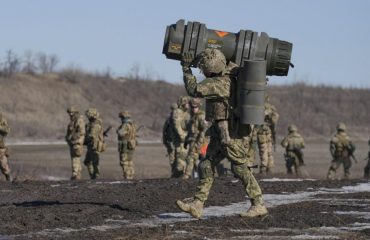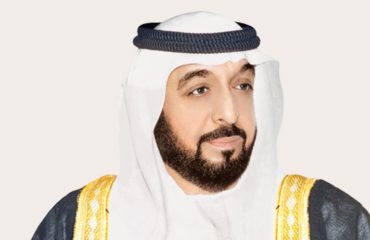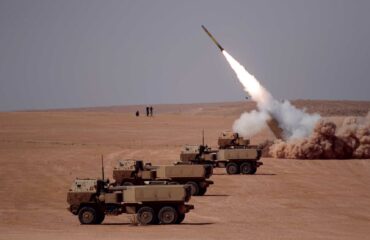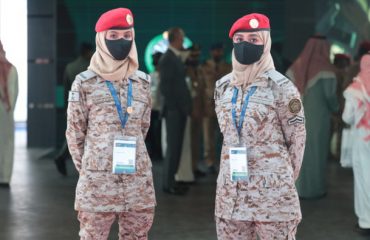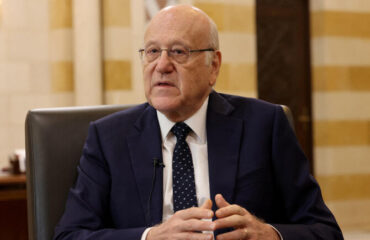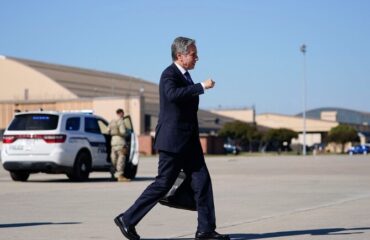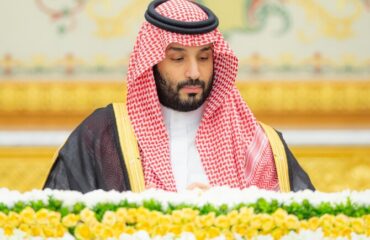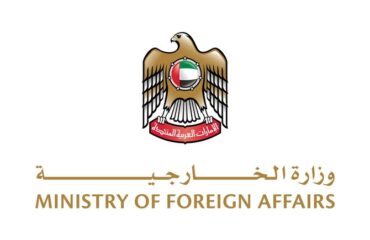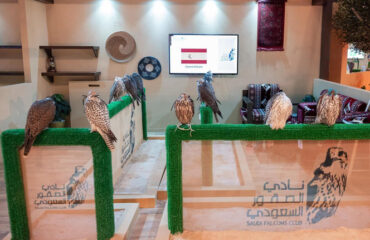Saudi mineral wealth could top $1.3 trillion amid Kingdom’s aggressive exploration plan

RIYADH: Saudi Arabia expects its mineral wealth to exceed earlier estimates of $1.3 trillion as the Kingdom plans to triple spending on the exploration of metals over the next three years, said the head of the organization responsible for assessing its geological potential.
Abdullah bin Muftar Al-Shamrani, CEO of the Saudi Geological Survey, said that this prior estimate was made a few years ago when prices of minerals were lower.
“Now we have seen that the price is increasing, it is expected that the forecast of […] prices is really going to be increased because of that demand of those material,” he said in an exclusive interview with Arab News.
The aim is now to almost triple exploration spending per square meter to SR220 ($58.7) within the next two to three years.
The increased expenditure will “expedite the mining sector targets” and would help in discovering more locations. Al-Shamrani said that the Kingdom is going “aggressive” on exploration.
He added that the number of mining sites in the Kingdom could exceed 5,500.
Supporting a greener future
The Kingdom wants to be part of the global supply chain for raw materials that will go into many viable products to support industries such as renewable energy, he said.
It’s now determined to develop all these resources with the help of international investors who will be in need for more data. The organization known as SGS has developed a huge database for this purpose.
When asked about the key minerals that Saudi Arabia possessed, the CEO said: “We are talking about cobalt, lithium, titanium, rare earth — all of those will make the future more sustainable if they are used efficiently. The future is talking all about the renewable energy and the good thing [..] is that Saudi Arabia has those minerals.” He said that they are crucial in the global transition to cleaner sources of power.
Other strategic minerals include copper, zinc and Saudi silica, the latter being one of the most highly concentrated around the world. However, it is not only renewable energy-related minerals that are in abundance in the Kingdom.
“When we talk about minerals in Saudi Arabia, we’re talking about around 48 minerals. Some of them are very critical for global needs,” he said. Some minerals, such as phosphate — which is used for fertilizers — are important to fulfill goals such as food security.
He confirmed the Kingdom’s “very good potential” for specific traditional minerals including gold and silver.
Sudden Change
When asked about why the mining sector seemed to take a back seat in previous years, Al-Shamrani replied that exploration spending in the past decade was not enough to focus on the investment potential in the sector.
“But when Vision 2030 indicated that the mining sector should be the third pillar of the country’s industry, a good amount — around SR3.8 billion — was injected into the mining sector.” The aim of this spending, he said, was to invest in the sector to discover opportunities all around the country.
The CEO hopes three points will be agreed on by attendees at next week’s Future Minerals Forum. The first of these is to work out the demand for minerals in the upcoming 10 to 30 years.
The second is to see how these needs will be satisfied. The third is to make sure people are more educated about sustainability and efficiency.
Saudi Arabia is trying to attract a mix of local and international investors in mining opportunities. Al-Shamrani assured international investors that the sector will follow internationally recognized ESG guidelines.
He said certain conditions are being put on the mining sector as the Kingdom pursues its goal of reducing its carbon footprint and becoming carbon neutral by 2060.
“We understand the challenges the mining sector is facing,” Al-Shamrani said.
FMF 2022
Riyadh will host this week its first future minerals forum that will attract top industry players and ministers from many countries.
The CEO had three things in mind that he hopes will be agreed upon by attendees in the Future Minerals Forum.
The first of these is to discover minerals’ needs in the upcoming 10 to 30 years. Secondly, it should be pointed out how these needs would be satisfied. The final thing is making sure that people are more educated about sustainability and efficiency.
FASTFACT
Saudi Arabia is trying to attract a mix of local and international investors in mining opportunities. Al-Shamrani assured international investors that the sector will follow ESG guidelines.
Serving society
“We are full of minerals that will serve humanity around the globe, and within Saudi Arabia,” Al-Shamrani said.
An advantage of the mining industry is that it’s not concentrated in the cities, and with more projects in remote areas, it can help to limit rural-urban migration across the Kingdom.
He cited examples such as Waad Al Shamal, Mahd Al Dahab (Cradle of Gold) and Jabal Sayid; all were virtually empty before but were later developed.







